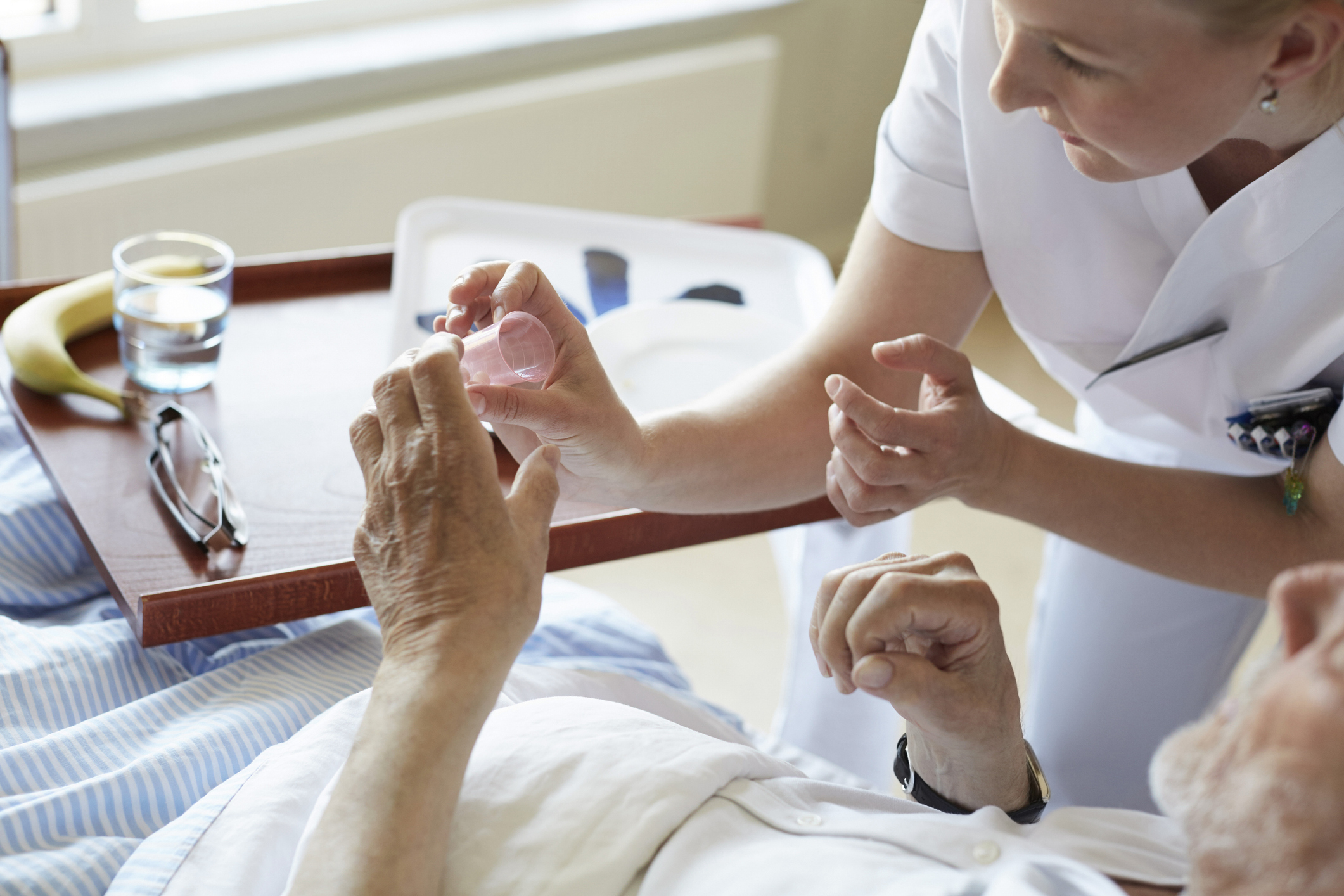Your blood sugar level is more than a number. The amount of sugar in your bloodstream is an indicator— and driver—of your overall health. If blood sugar is too high, or too low, it can make you sick or prevent you from healing. These repercussions are especially dangerous for people who are already in the hospital with an injury or illness.
That’s why California-based, not-for-profit Sutter Health began investing more than a decade ago in staff and resources to help patients control their blood sugar while hospitalized. Sutter’s focus on glycemic control not only benefits patients but it has also earned the organization praise from peers.
Today, Sutter’s Mills-Peninsula Medical Center was the only California hospital to be named a Recognized Leader in Caring for People Living with Diabetes, by the Leapfrog Group and the American Diabetes Association. Sutter’s Mills-Peninsula Medical Center shares this accolade with just 16 other hospitals in the country that met the most rigorous standards for delivering safe, high-quality care to patients with diabetes.
“I’m extremely proud of the work our hospital diabetes team has accomplished which has led to this distinction,” said Dr. Tyler Aguinaldo, Medical Director for Inpatient Diabetes at Sutter’s Mills-Peninsula Medical Center. “Our team is so dedicated and passionate about providing the highest quality, evidence-based care for patients living with diabetes and it’s gratifying to be recognized in this way.”

Sutter’s Mills-Peninsula Medical Center inpatient diabetes management team, from left to right:
Tyler Aguinaldo, MD, Kacy Church, MD, Lisa Carter, PA, Helen Lau, MD (on iPad), Maralyn Weaver, RN, Jen Chu, MD, and Carol Lau, RN
Benefits Go Beyond the Numbers
Blood sugar management represents a big opportunity when you consider that one in four hospitalized adults has a known diagnosis of diabetes and another 12% will have dangerously high blood sugar readings while in the hospital.
Studies have shown that better glycemic control in these patients can reduce the risks of surgical site infection, poor wound healing, and kidney disease. Sutter’s Mills-Peninsula Medical Center, for its part, has also placed specific emphasis on actions that can prevent complications and readmission to the hospital.
“We have worked very hard to improve and standardize our care of hospitalized patients living with diabetes,” said nurse and diabetes program manager Maralyn Weaver. “We updated the diabetes self-management education we provide to patients and staff, revised protocols and revamped the pre- and post-surgical care of patients with diabetes.”
Other ‘Sweet Spots’ Where Intervention Pays Off
Sutter’s Diabetes Clinical Improvement Community, led by Dr. Melissa Weinberg and diabetes educator and nurse Lisa Quan, helps hospital teams across Sutter find additional ‘sweet spots’ where staff can intervene to improve patient care. Their top suggestions are:
- Monitor hospitalized patients’ glucose levels and recommend treatment changes in response to hyperglycemia or hypoglycemia readings.
- Share best practices with hospital-based clinical teams, including doctors, nurses and pharmacists.
- Facilitate a seamless transition from hospital to home by arranging diabetes management support, outside of the hospital, for patients who are being discharged.
- Evaluate hospital policies and protocols to make sure they support patient-centered care for patients living with diabetes.
“Diabetes care is a team sport,” says Dr. Weinberg. “The DCIC strives to leverage the incredible expertise we have across our system so hospitals can share what works with each other, enabling consistent, best-practice diabetes care no matter where a patient is treated at Sutter Health.”
Thanks to Sutter’s investments, teams are also well-positioned to implement the ADA’s standards of care for inpatient diabetes management. Recently updated for 2024, these best practices translate the latest scientific research and clinical trials into actions that can minimize adverse events and enhance patient outcomes.
Foundation for Shared Success
Hospitals across the Sutter system have used a standardized dashboard to track the success of their glycemic control efforts since 2014, thanks to Sutter’s participation in the Society for Hospital Medicine’s glycemic control quality improvement program.
In total, 25 Sutter hospital campuses benefited from the program’s tools and resources— and many also earned awards from SHM over the years. Between 2021 and 2022, seven Sutter hospitals earned Top Performer status for ranking in the top 25% of all program participants, across the 5 glycemic control measures that SHM tracks.





